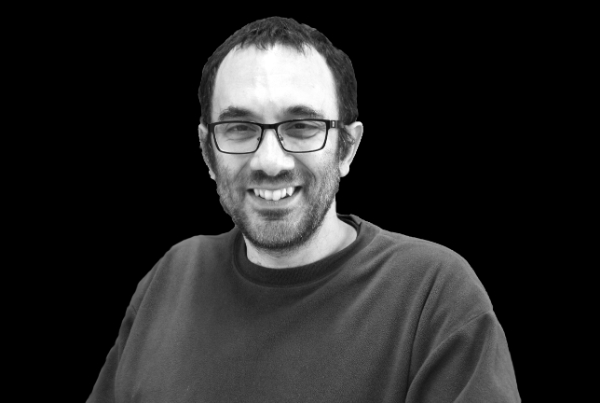November 2015 – ICREA Research Professor; February 2009 - Group Leader – Medical Optics. Dr. Turgut Durduran is a group leader at ICFO. He founded the ICFO-Medical Optics group in 2009 when he joined ICFO and in 2014 he received his tenure and became a professor/group leader. In 2015, he became an ICREA (Catalan Institution for Research and Advanced Studies) Professor at ICFO. Over the years, the group has grown exponentially, currently, with a large number of PhD students, post-docs and engineers collaborating with about a dozen hospitals and biomedical institutes world-wide. He has participated in many advisory boards, grant review boards ranging from the National Institutes of Health to the review of the FP7 projects at the European Commission. He has authored over hundred peer-reviewed papers and delivered over a hundred and fifty invited talks in international conferences and colloquia.
